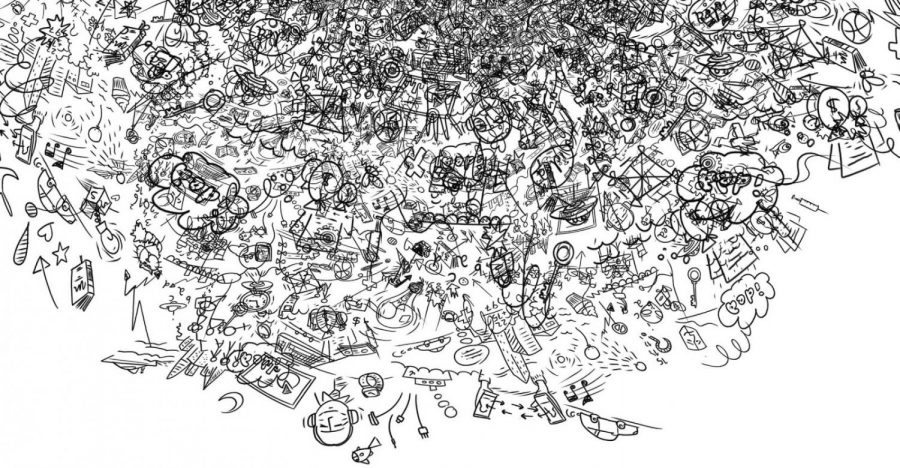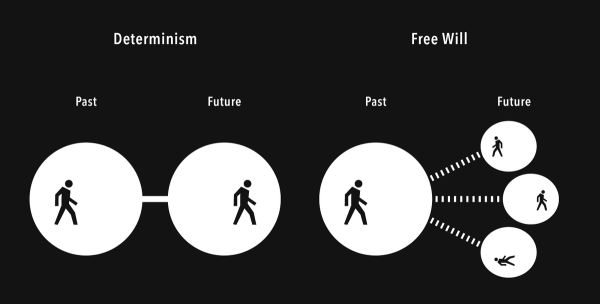The Doodle Revolution: Is Doodling Helpful?
In the past two weeks, I’ve taken to sticky notes as various forms of expression, organization, and desk decor. After much thought, I wondered what was causing my exponential interest in these little drawings, and whether it was actually helping me.
Let me introduce you to the Doodle Revolution, a global movement for “visual literacy,” or multi-sensory techniques geared toward visual learning: tools to implement in the workplace, educational system, and everyday life. It is spearheaded by Sunni Brown, an apparent visual revolutionary badass, author, and speaker for TED Talk (her speech on Doodling drawing has more than 1.5 million views on TED.com). The argument of the campaign thrives off a few essential claims.
Firstly, doodling causes increased retention and recall, as well as high levels of comprehension. A study done by psychologist Jackie Andrade, one highly referenced in publications by Harvard University and The Wall Street Journal, found those who doodled recalled 29% more information.
Secondly, as many people experience on a daily basis, prolonged periods of concentration cause significant brain strain. Contrarily, doodles can be considered a source of brain rest, so the drawing on the left side of your Euro notes might be the only thing between preventing you from delving into outright daydream. This form of “free-draw” inhibits you from dozing off or simply staring blankly: exterior distractions that tend to detract from efficiency and focus.
Thirdly, doodling increases creativity. Think of the million-dollar ideas conceived on the corner of a paper, or on a sticky note. Think of the drawings in the dirt, the gravel, and the cave walls. According to Doodle revolutionaries, these examples are evidence that we are “neurologically wired with an overwhelming visual-sensory ability.” Doodles ultimately help us synthesize difficult concepts and better communicate them after putting the pencil down.
Stanford studies in the nineties showed about 65% of the population considered themselves “visual learners,” and illustrated text is comprehended 83% more effectively than text alone. So why have we formatted our world to be primarily text-based?
The Doodle Revolution not only advocates for visual learning alternatives, but actively protests our society’s backwards inclination to have textual information take precedent. The company rejects the misconceptions about doodling—specifically, the fallacy that doodling is wasting time or being distracted. Doodling instead exists as a powerful technique used around the world, a precursor to and a catalyst for “deep intellectual and creative breakthroughs.”
Am I becoming a Doodle Revolutionary? I dunno. I don’t think I’m convinced all of my doodles are necessarily constructive nor conducive to the content of my courses. I do agree however, that perhaps we should implement more visual stimuli into our everyday lives, specifically within subject areas focused on memorization. The fact this is an essay and not a visual interpretation is painfully ironic, but we must start somewhere.

Grade: 12
Years on Staff: 2
Why are you writing for the Flintridge Press?
The Press is a wonderful opportunity to expand writing skills and express...







